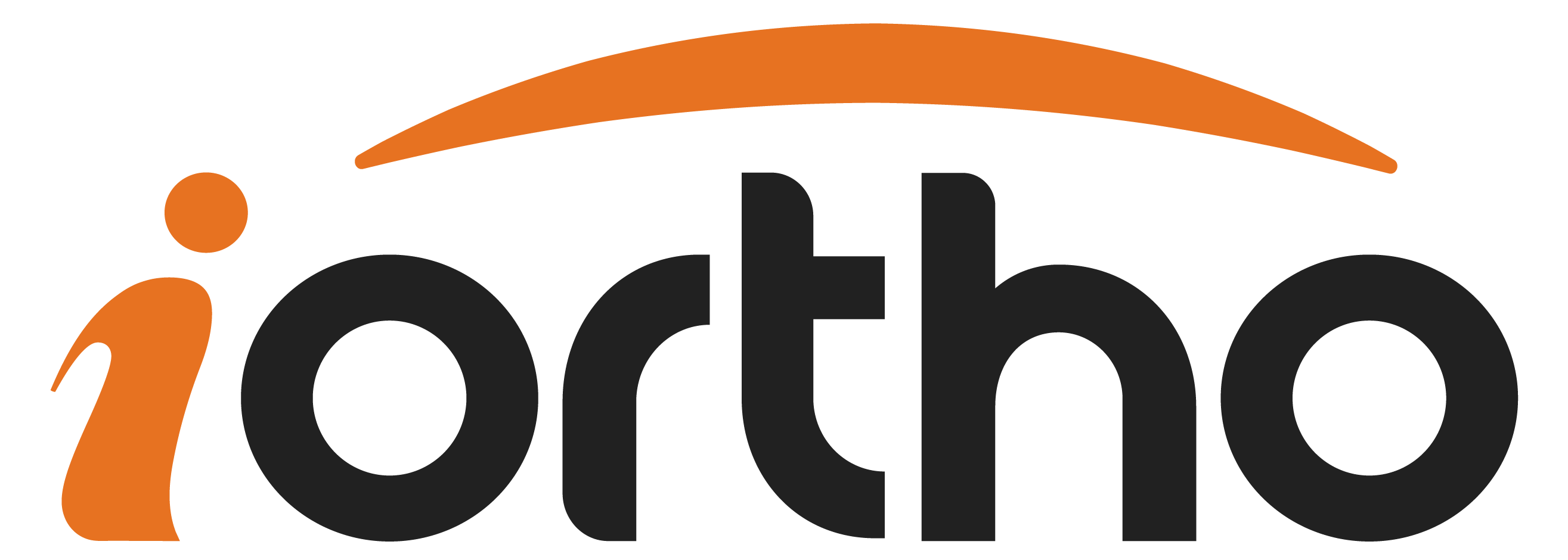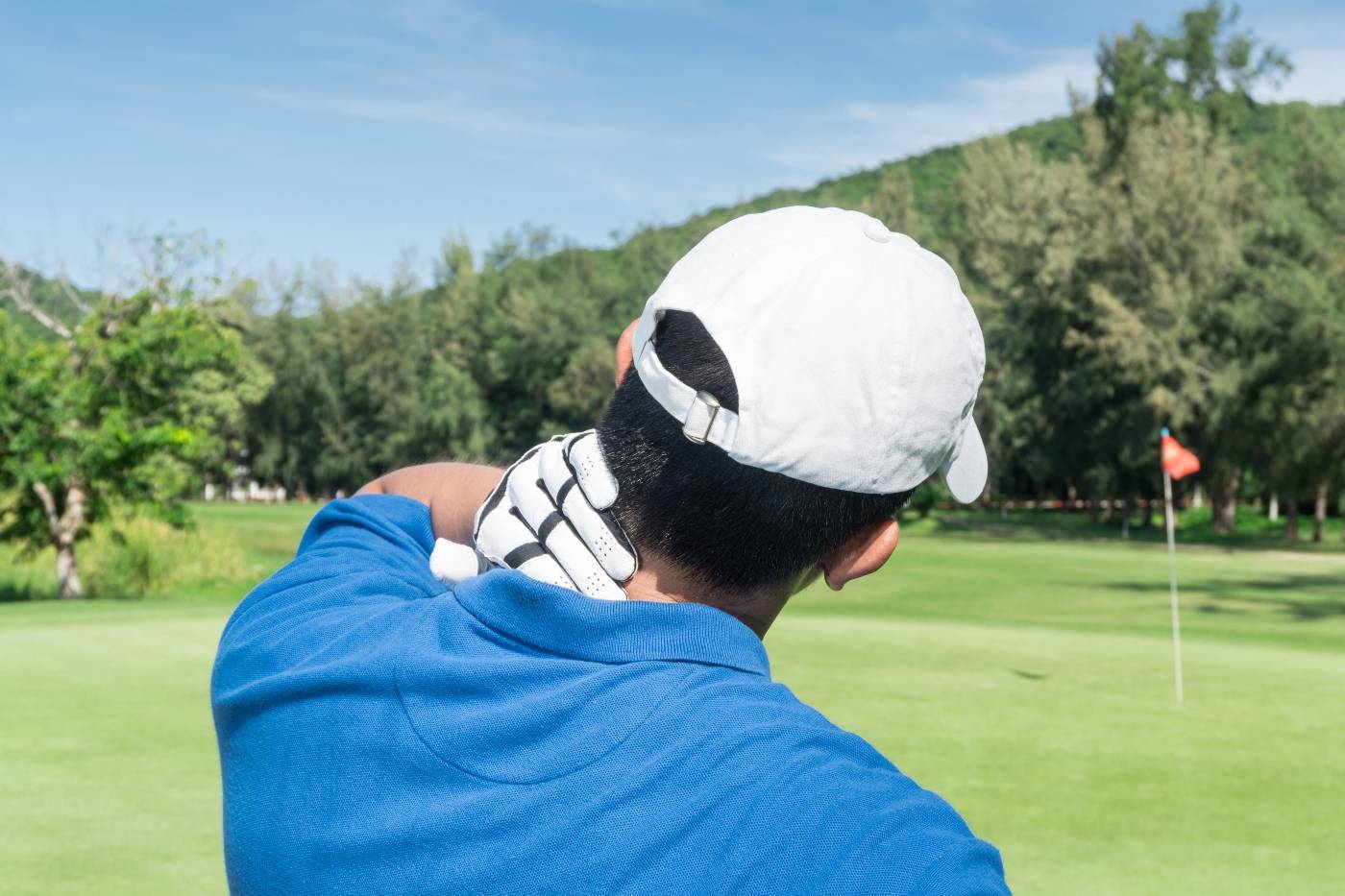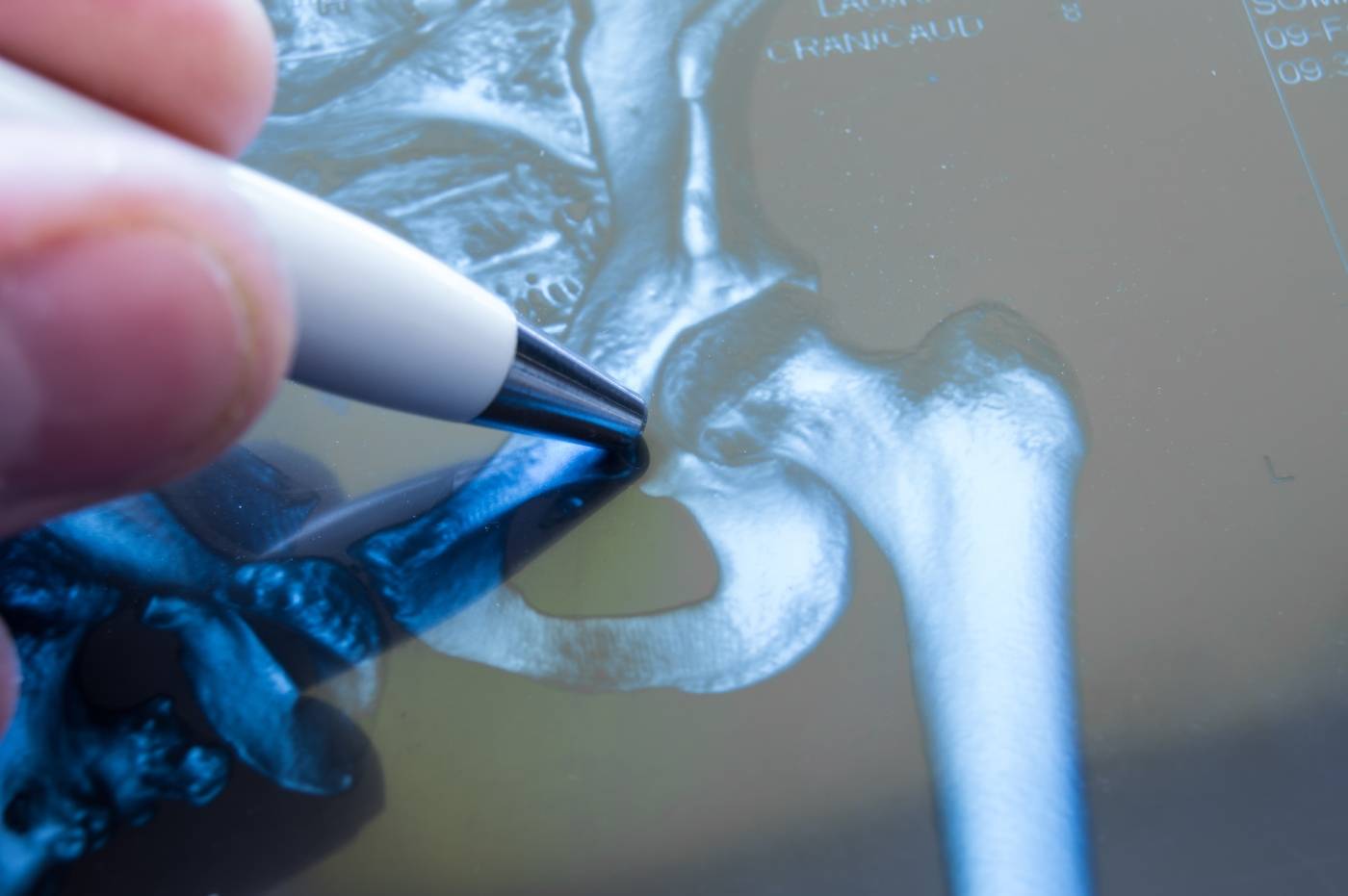The global pandemic of coronavirus disease 2019 (COVID-19) has revealed a surprising number of extra-pulmonary manifestations. . There have been emerging reports, however, of an array of neuromuscular and rheumatologic complications related to COVID-19 infection and disease course including myositis, neuropathy, arthropathy. As the global numbers of COVID-19 patients and survivors rises there is increasing reports of neuromuscular and rheumatologic complications related to both the virus
How Does This Happen?
SARS-CoV-2 is an RNA virus with a viral structural spike (S) protein that binds to the angiotensin-converting enzyme 2 (ACE2) receptor on human cells (This ‘spike’ protein has been popularized in the news and is the basis for current vaccines). There is high expression of the ACE2 receptor in the central and peripheral nervous systems and in skeletal muscle. Using this receptor the virus can gain entry into the cell (like a doorway) and once inside uses the machinery inside the cell to reproduce itself many times and at a critical mass will explode the cell causing cellular death. In addition the immune response to the virus invasion as a means of eradication can also cause tissue injury through ‘overactivity’ or ‘cytokine storm’ which is another term that has been recently popularized in the media.
Myalgia, defined as muscle aches and pain, has been frequently reported in COVID-19 patients with a prevalence ranging from 11 to 50% in large cohort studies [5]. Several case reports have described myositis (muscle inflammation) and rhabdomyolysis (muscle death) in COVID-19 patients, both as a late complication and as a presenting symptom
Peripheral neuropathy in the setting of COVID-19 has increasingly been reported. Multiple case reports of Guillain-Barre syndrome (GBS) secondary to COVID-19 have been published, with symptoms emerging 3–4 weeks after onset of COVID-19 symptoms. ]. GBS is a demyelinating polyneuropathy that manifests as acute ascending paralysis. Facial weakness, cranial neuropathies, gait ataxia, areflexia, and ophthalmoplegia has also been reported in association with COVID-19
Coronaviruses, in general, are more associated with arthralgia and myalgia rather than clinical arthritis only several cases of acute clinical arthritis secondary to COVID-19 reported in the literatures. Various chronic rheumatologic diseases triggered by SARS-CoV-2 have been reported, including systemic lupus erythematosus, dermatomyositis, Graves’ disease, rheumatoid arthritis, and psoriatic spondyloarthritis.
If you have been exposed to COVID-19 and are experiencing persistent joint pain, muscle pain or numbness/tingling/weakness this may be a residual manifestation of the infection. Persistent inflammation or tissue injury caused or aggravated by COVID-19 can be treated to help reduce and resolve symptoms.






